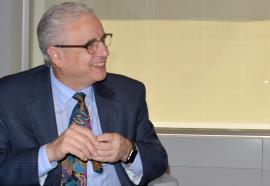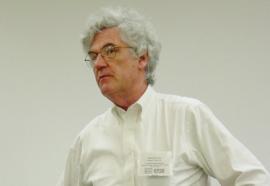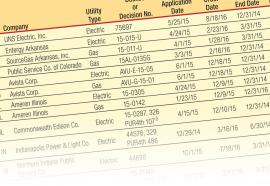Electric Utility History in History
George Bernard Shaw, President McKinley, Dr. Benjamin Spock, Al Capone
Energy Memories: Regulatory Economist Michael Crew
Memories by Faruqui and Littlechild
2016 Annual Rate Case Survey
It is often said that ratemaking is as much art as science.
It is the process of setting a return on equity that is fair to both shareholders and consumers that demonstrates the art and science practiced by regulators. One case reported here provides a good glimpse at the entire range of issues put before regulators: a decision by the Michigan Public Service Commission setting electric rates for Consumers Energy Company.
Refocusing Rate Design Debates
Public Interest before Special Interest
Path Forward for Storage
Managing Aging Nuclear Storage Canisters
Benefits Add Up
SW Utilities Show Efficiency Benefits
Hooking Up
New Entrants, Many Ways to Engage
Small Modular Reactors and Path Not Taken
Military Rivalry Fueled Nuclear Program
Vegas Energy, Baby
Las Vegas, model of energy efficiency











